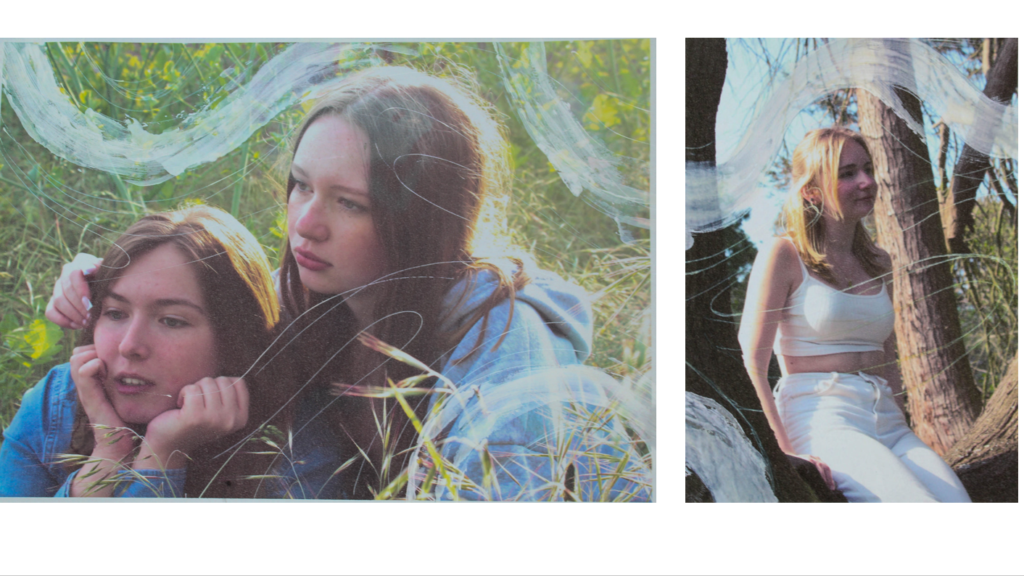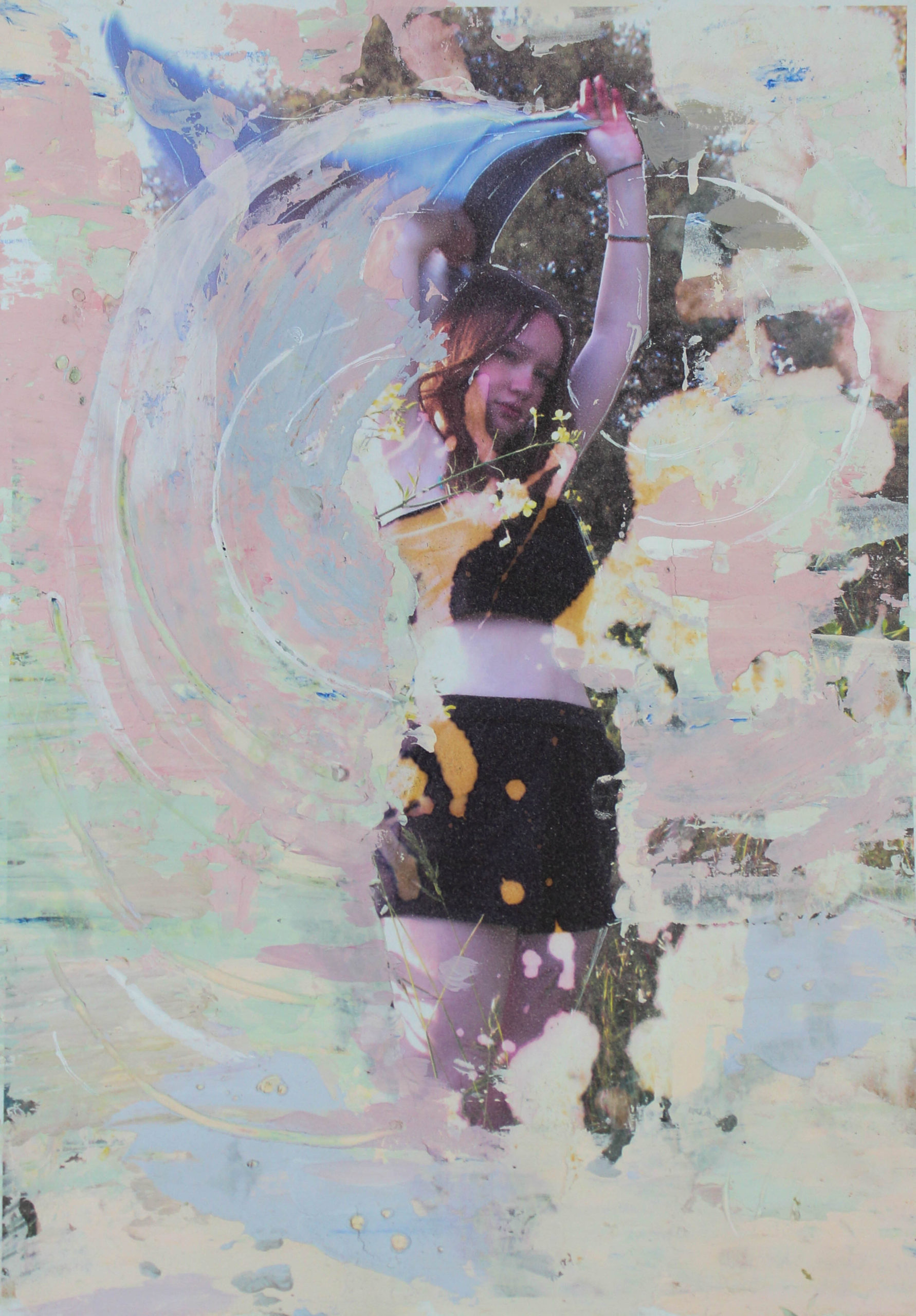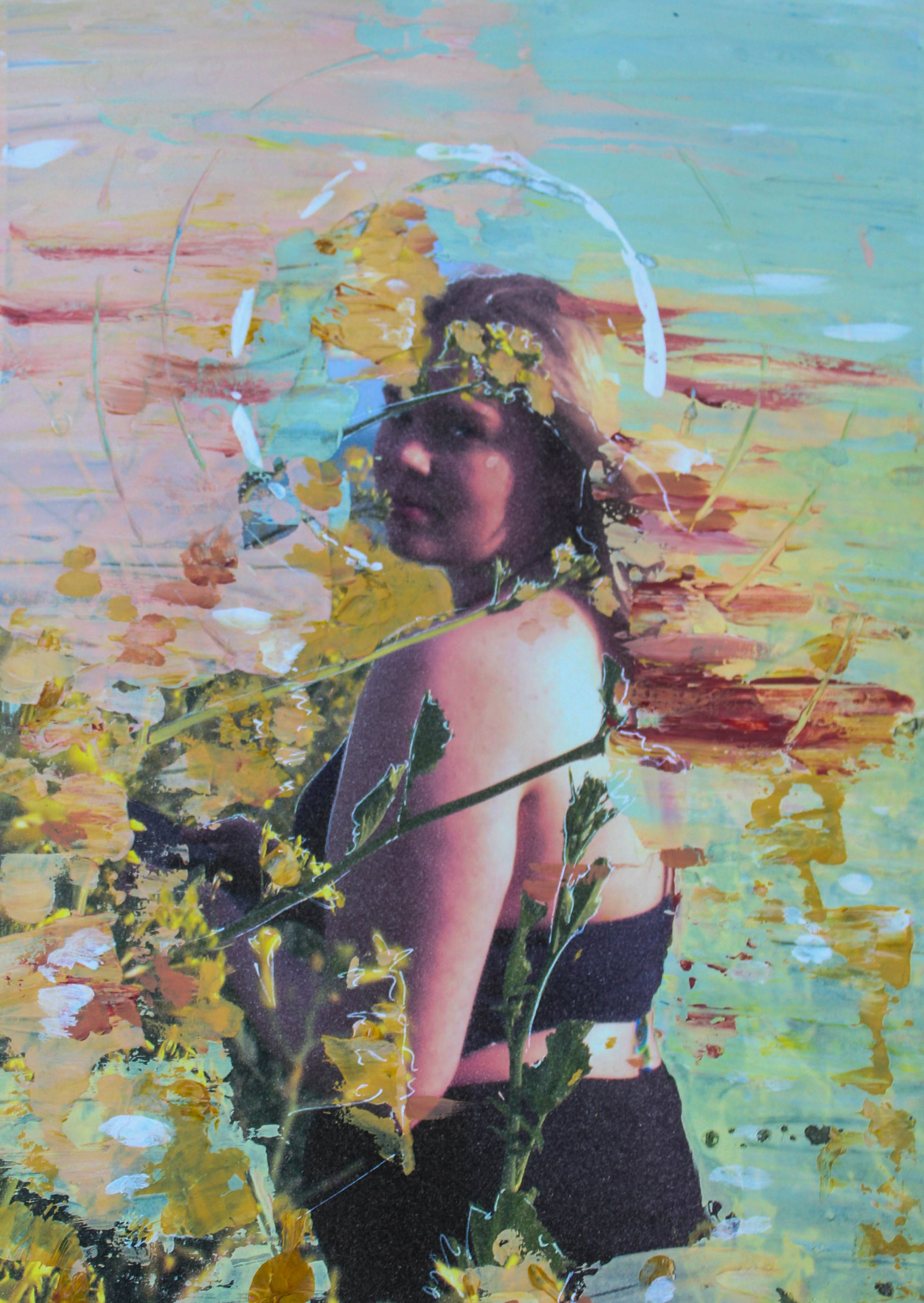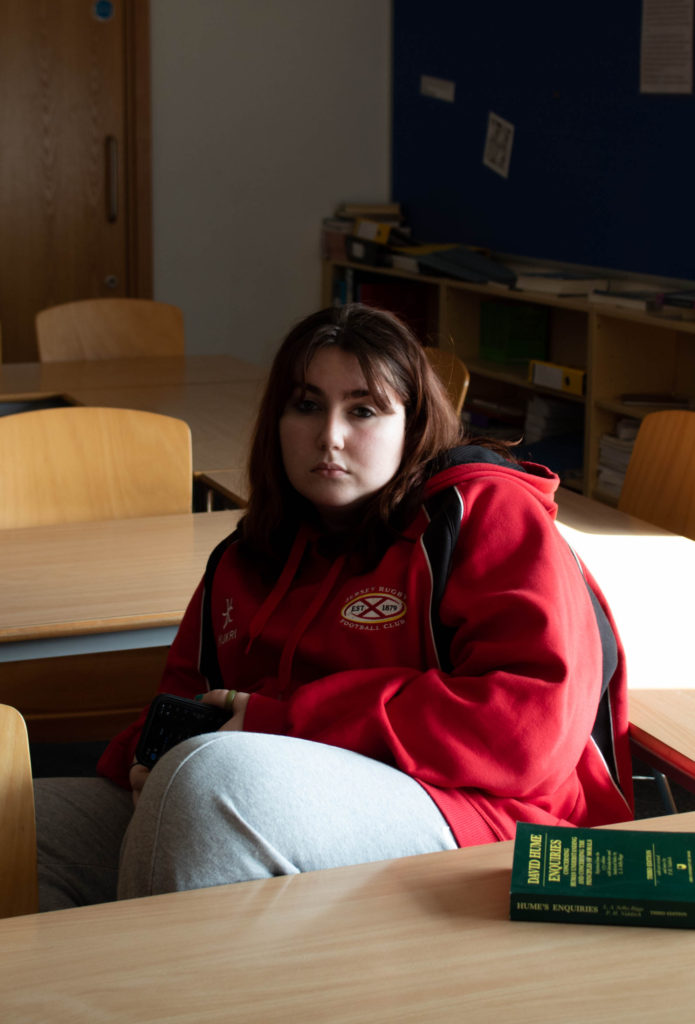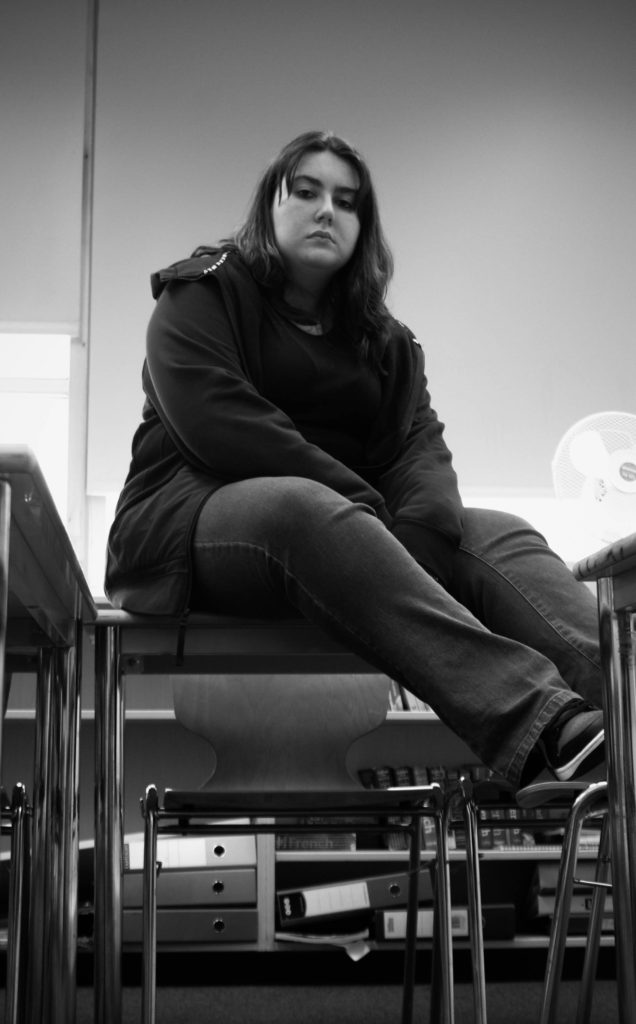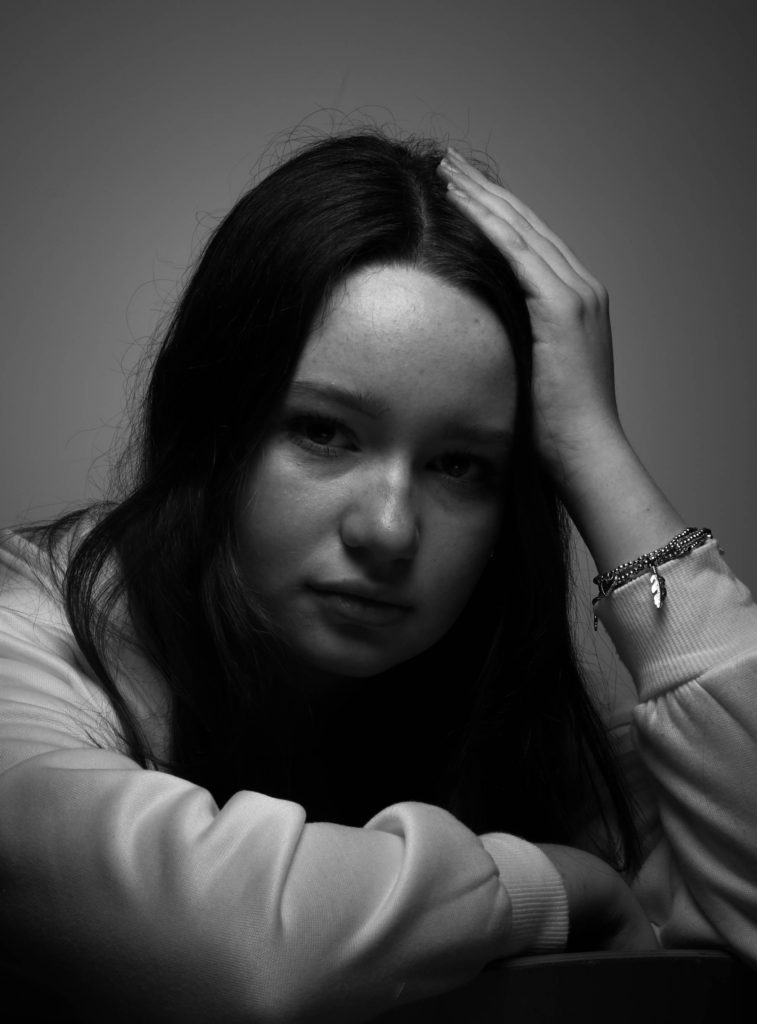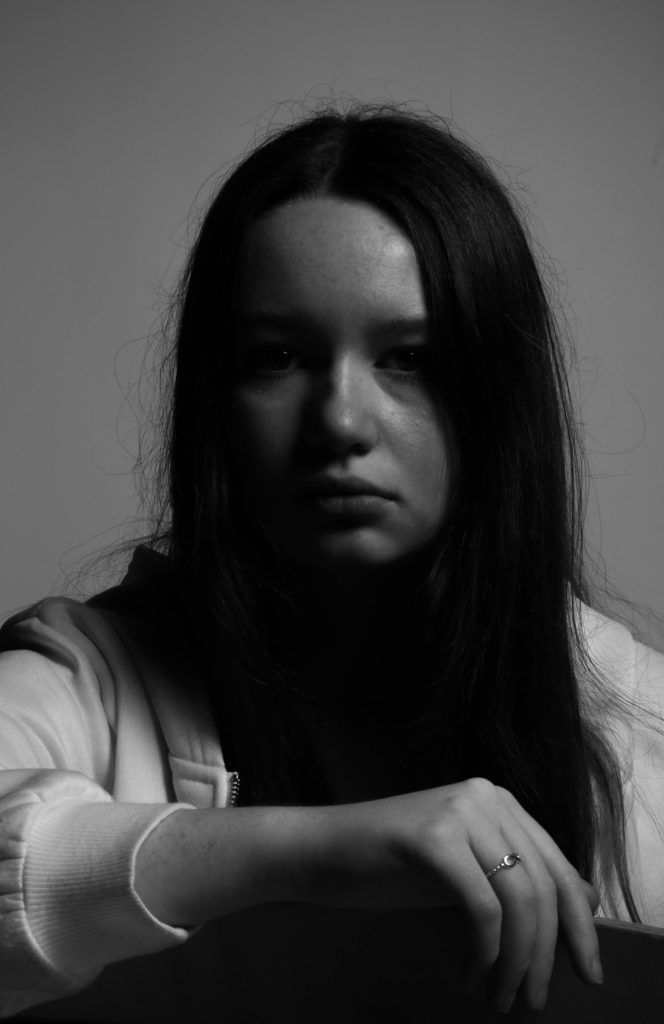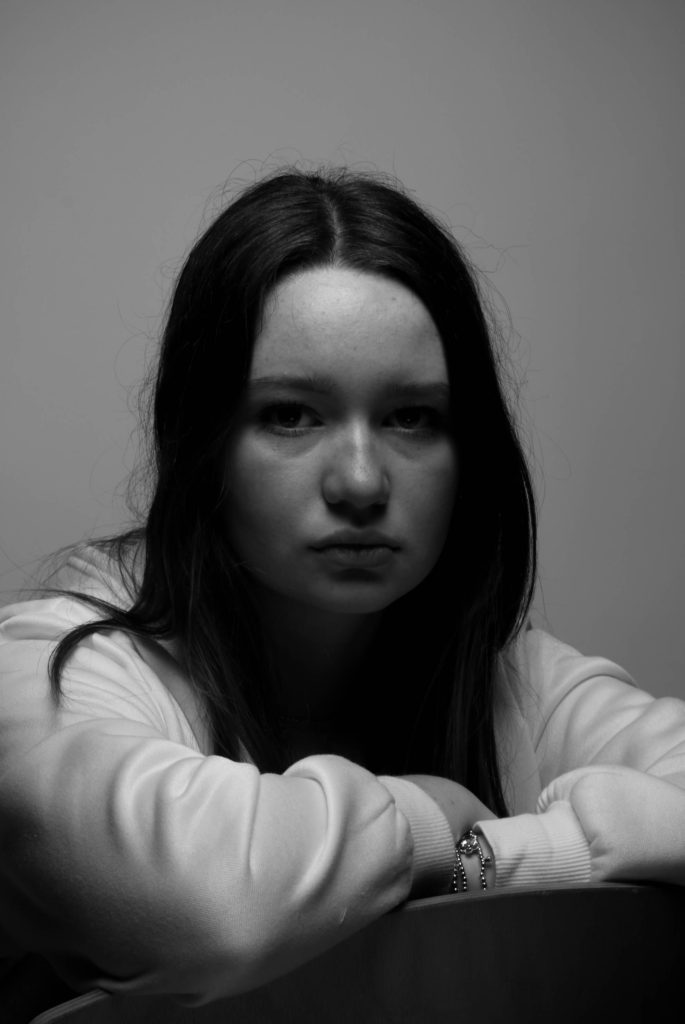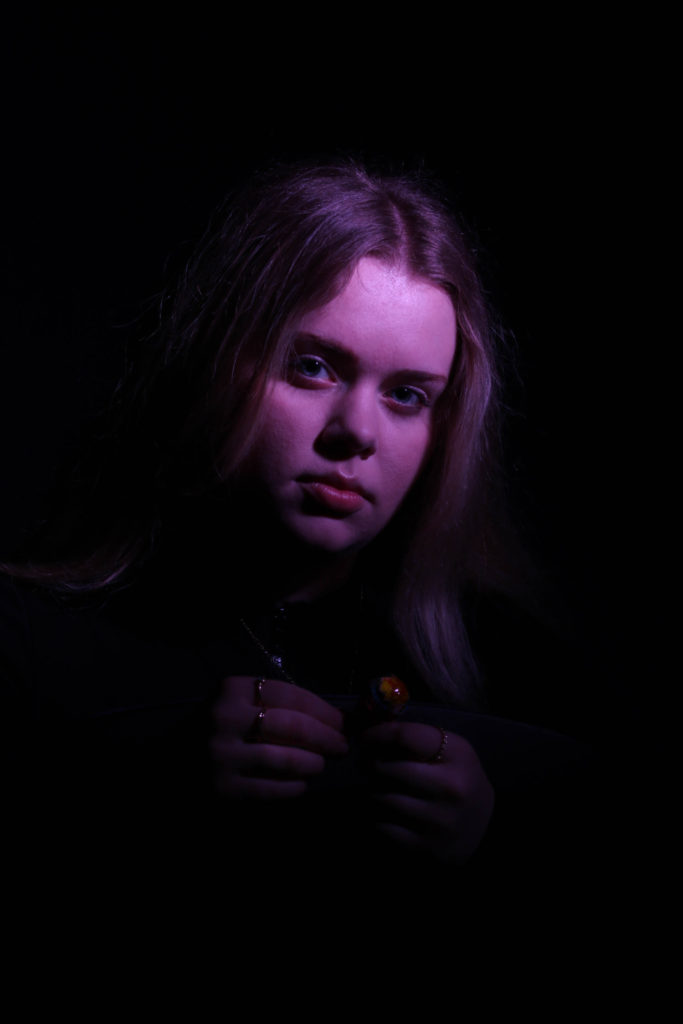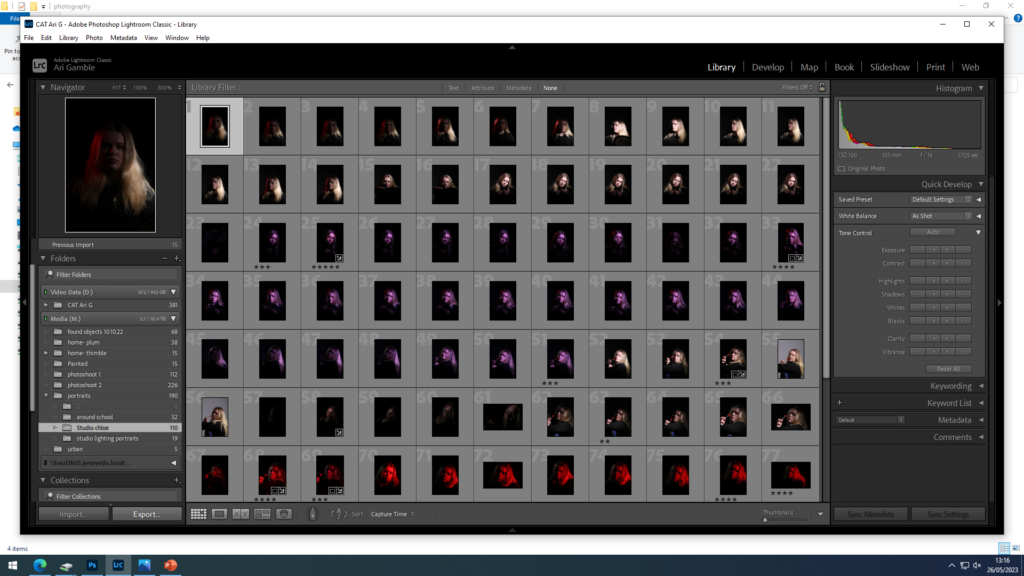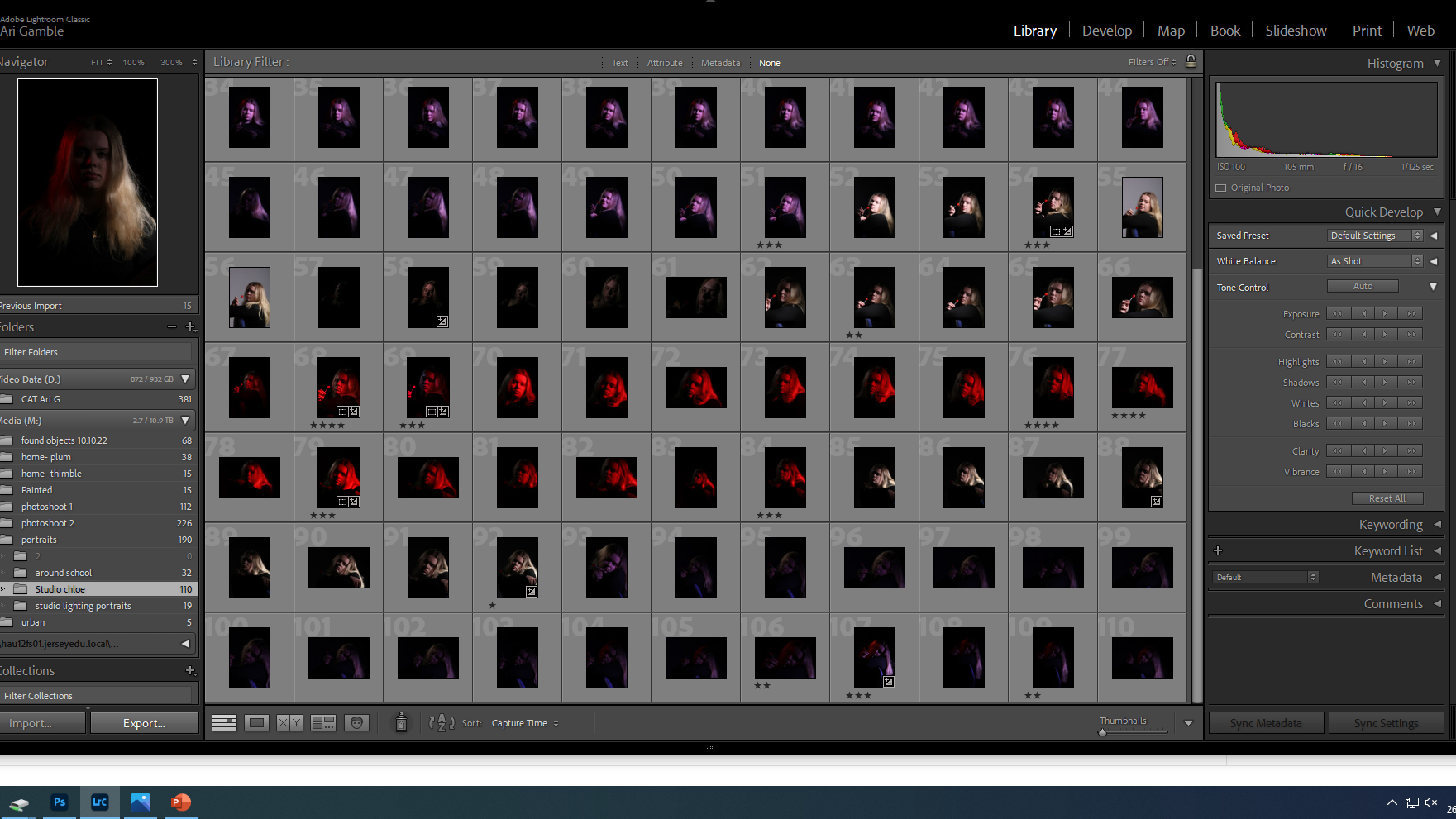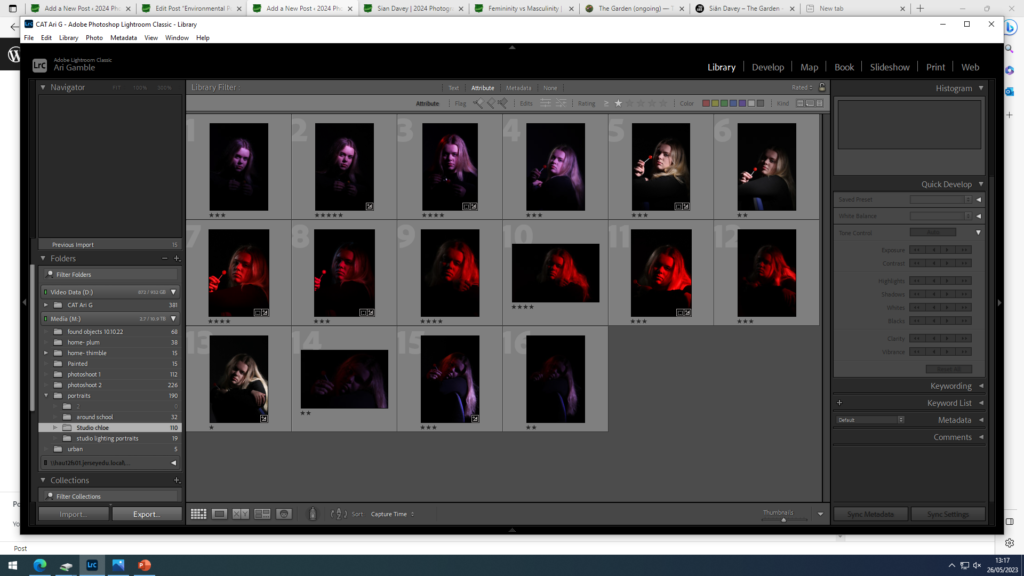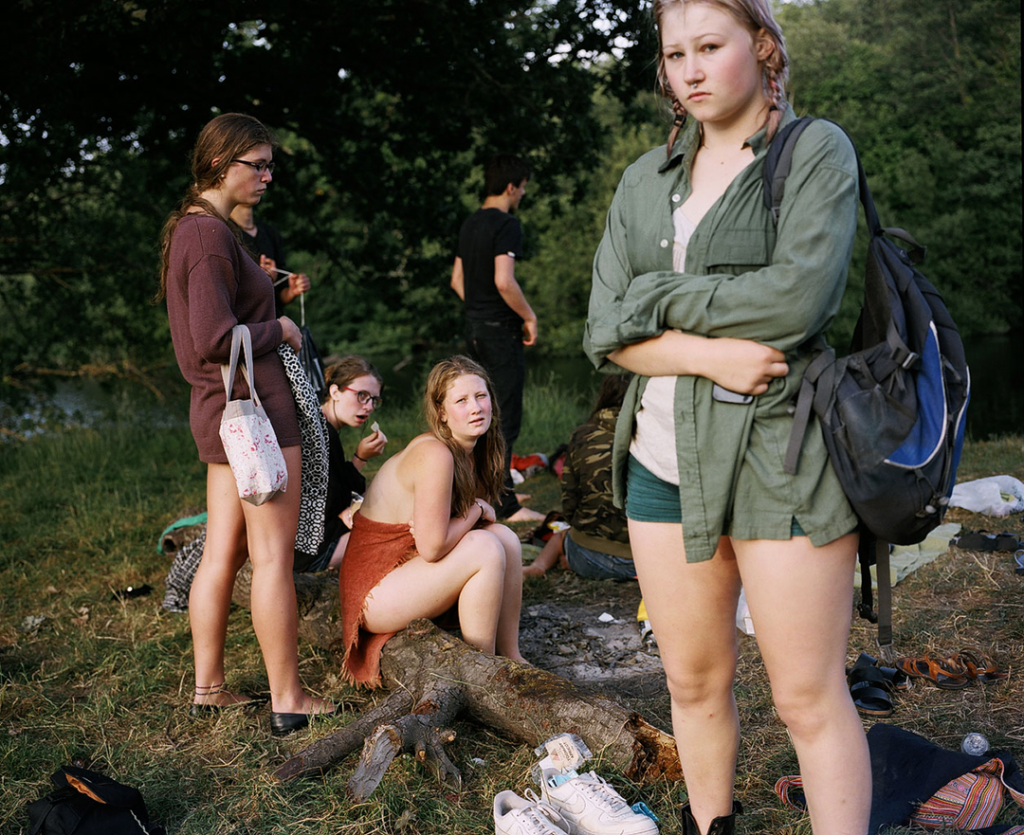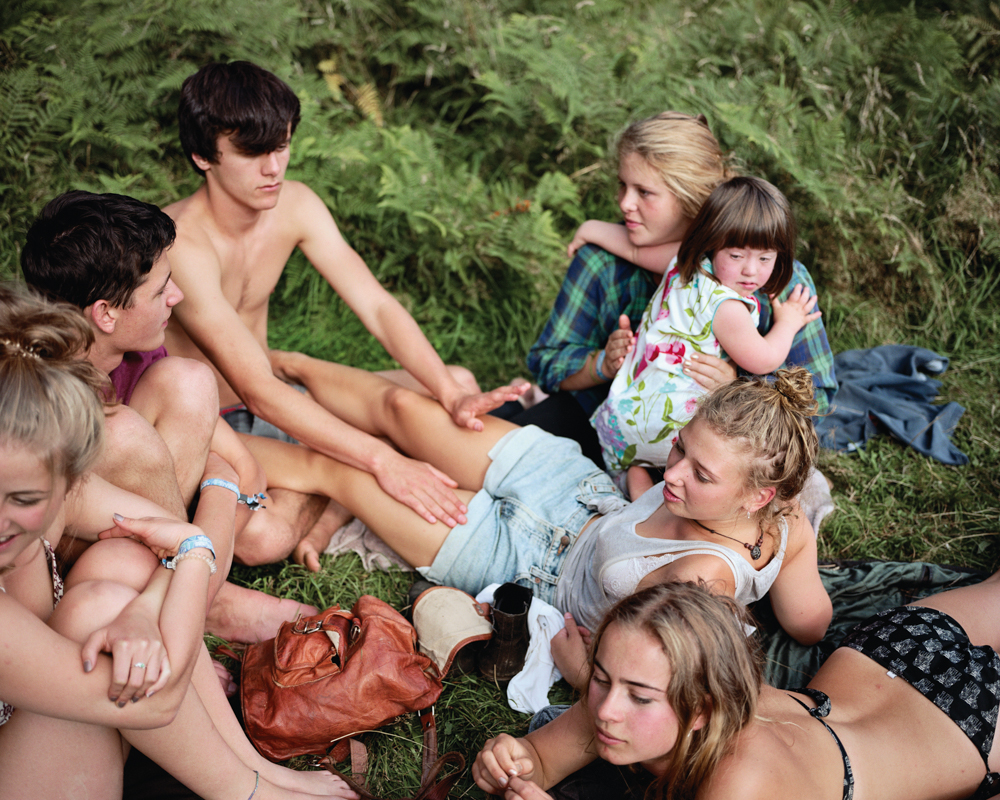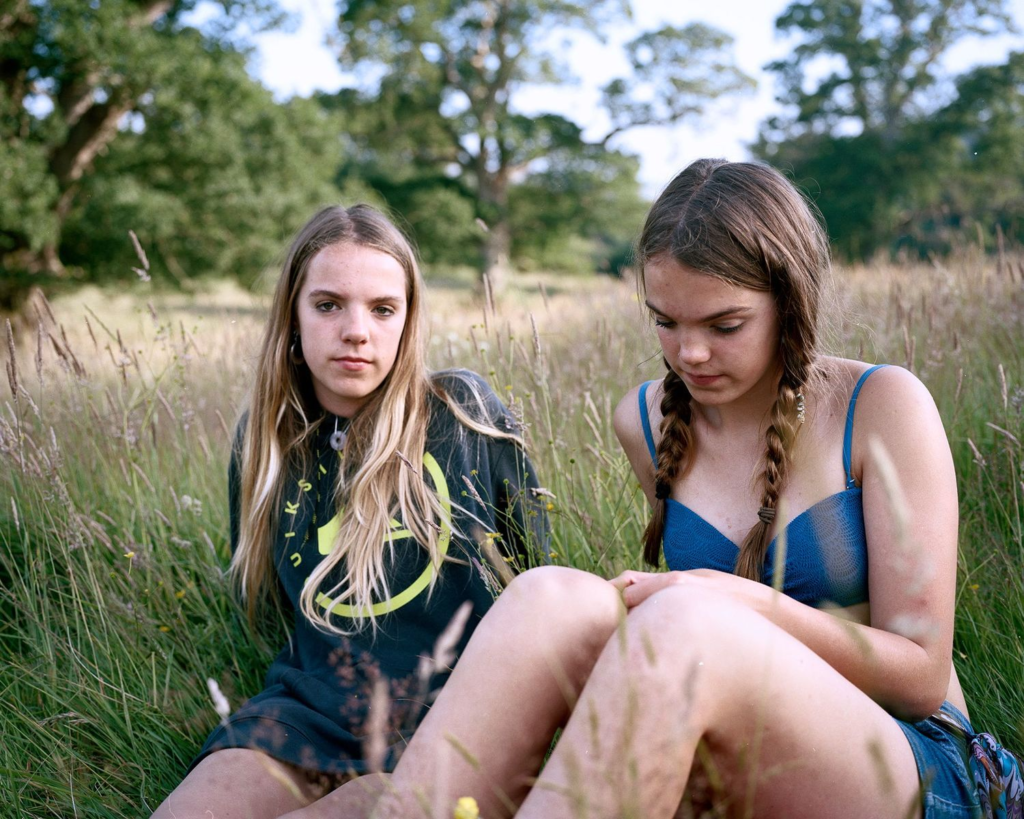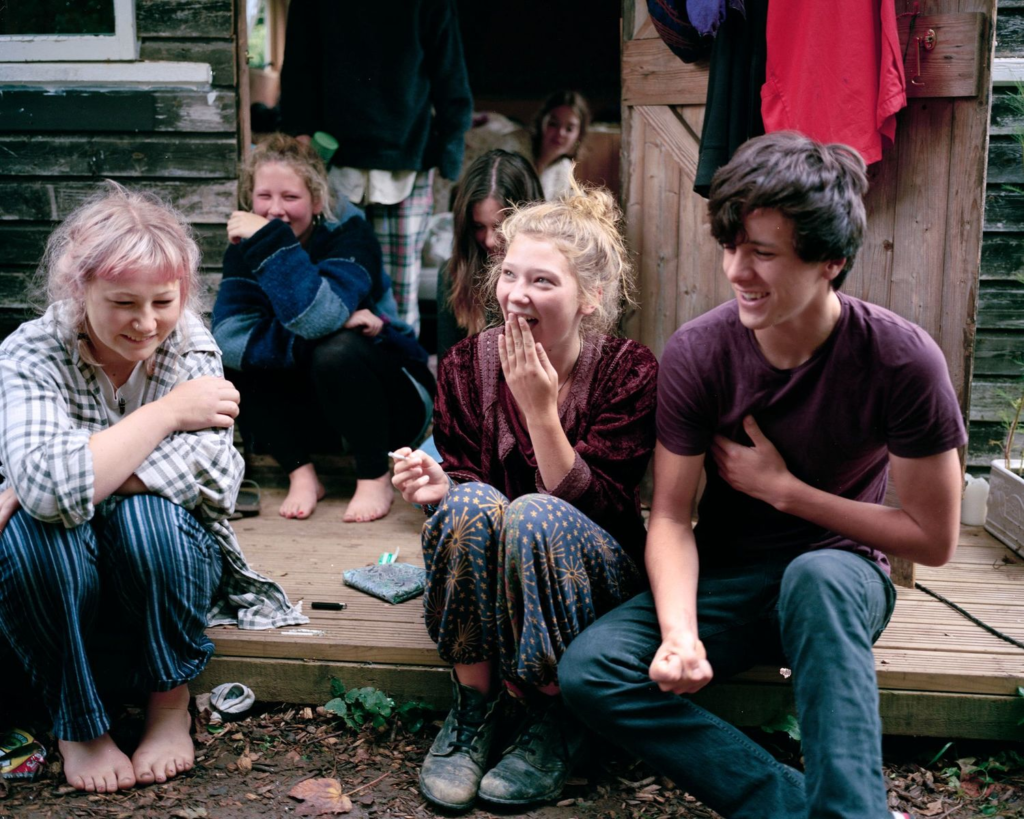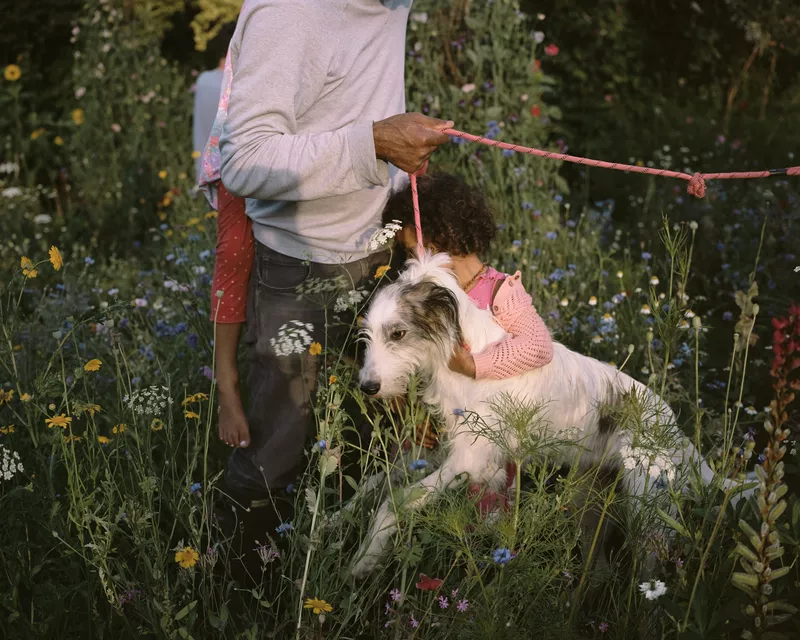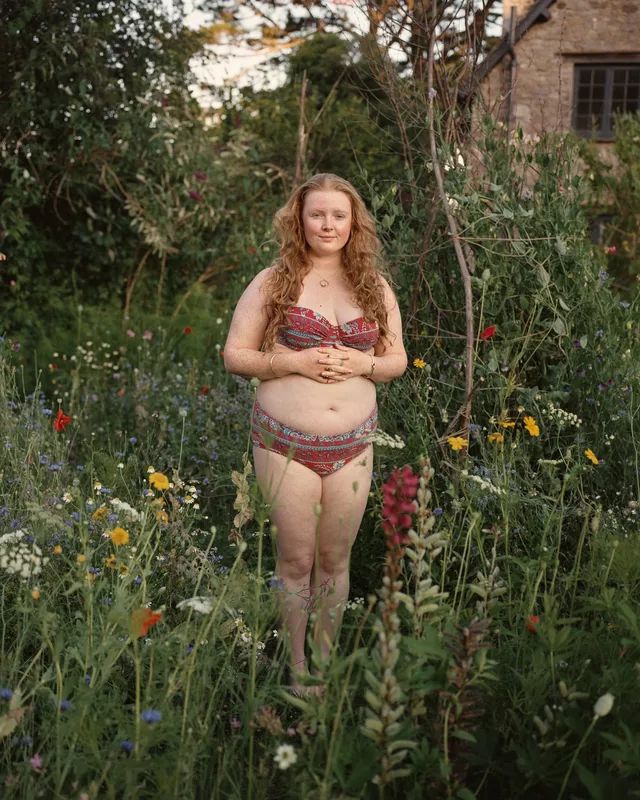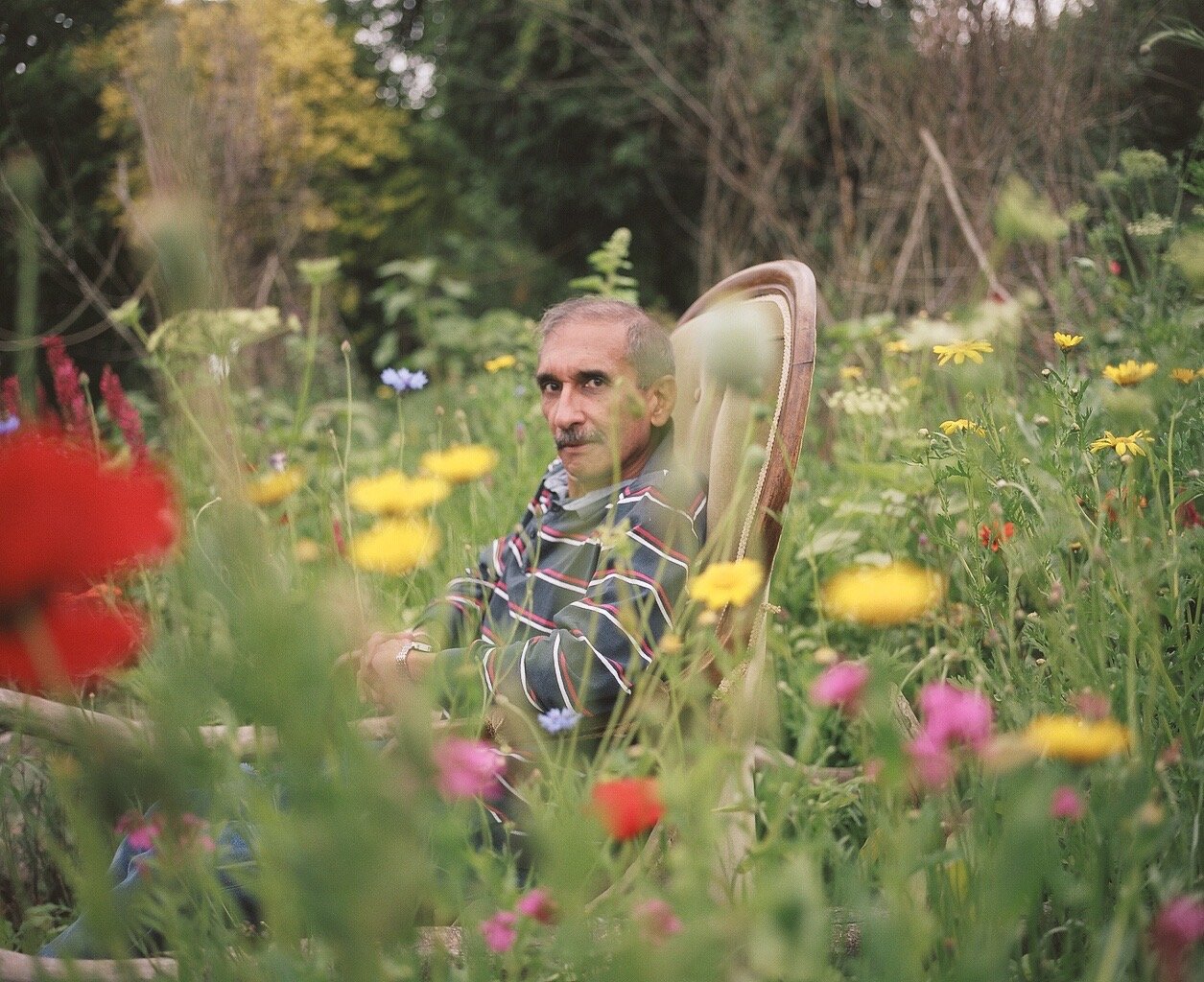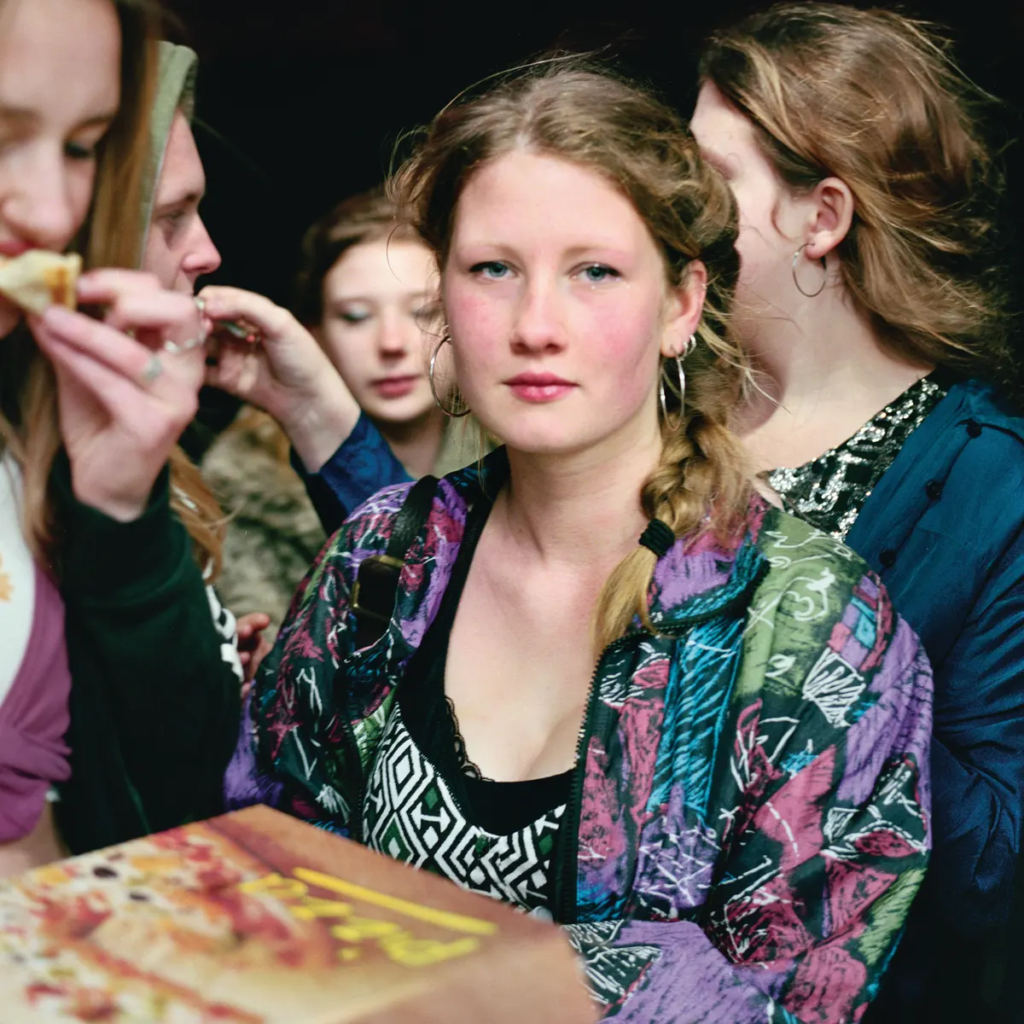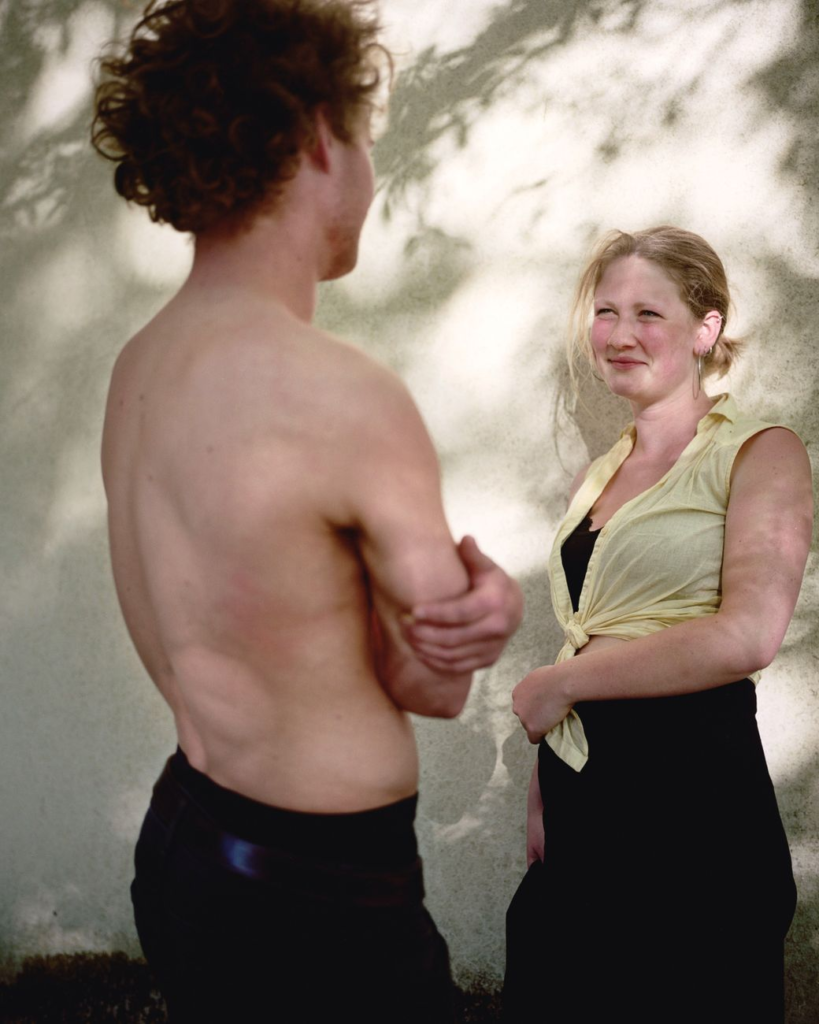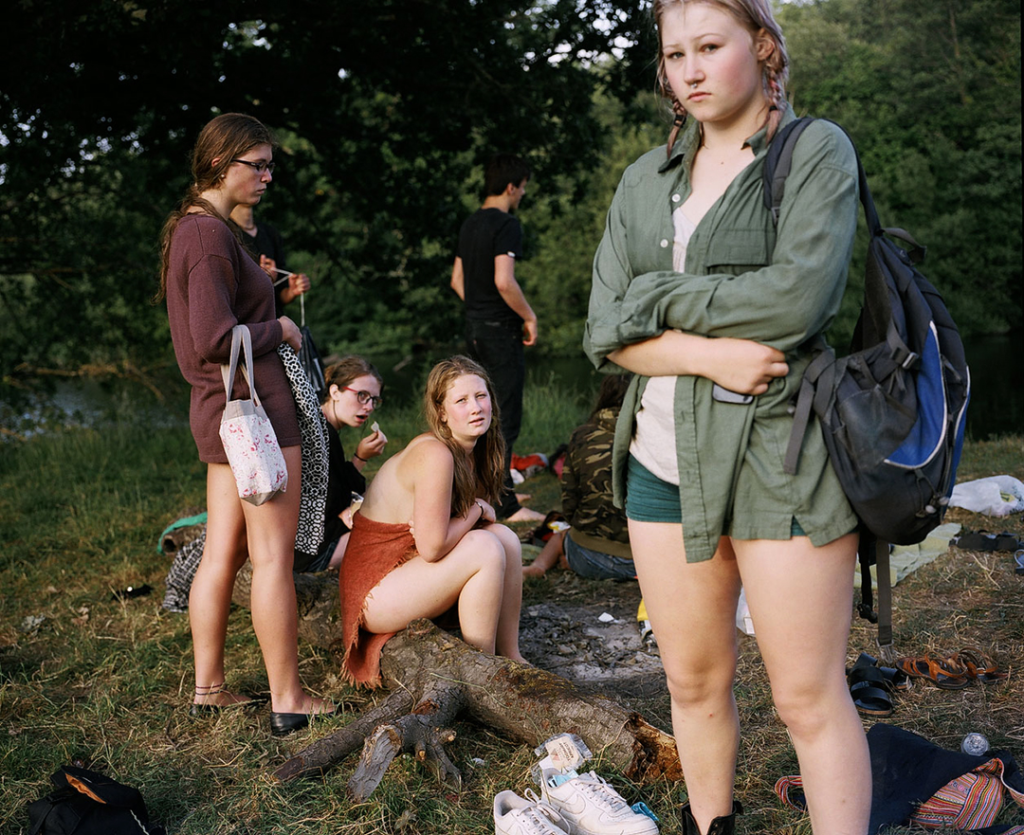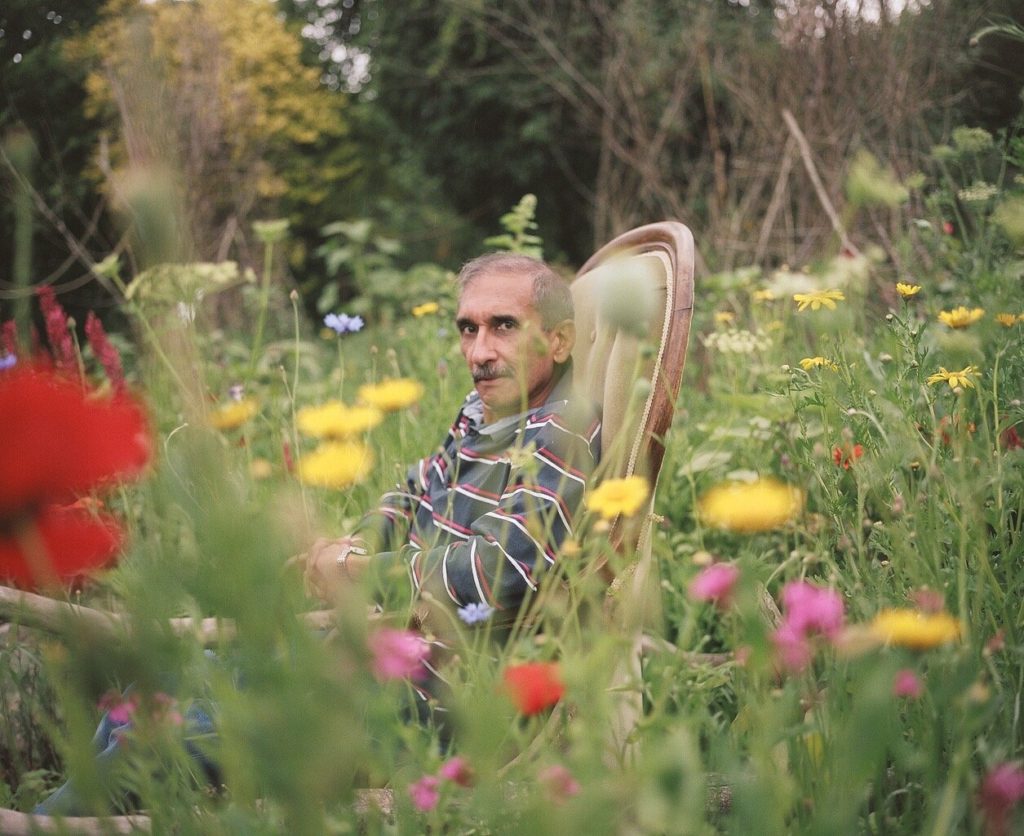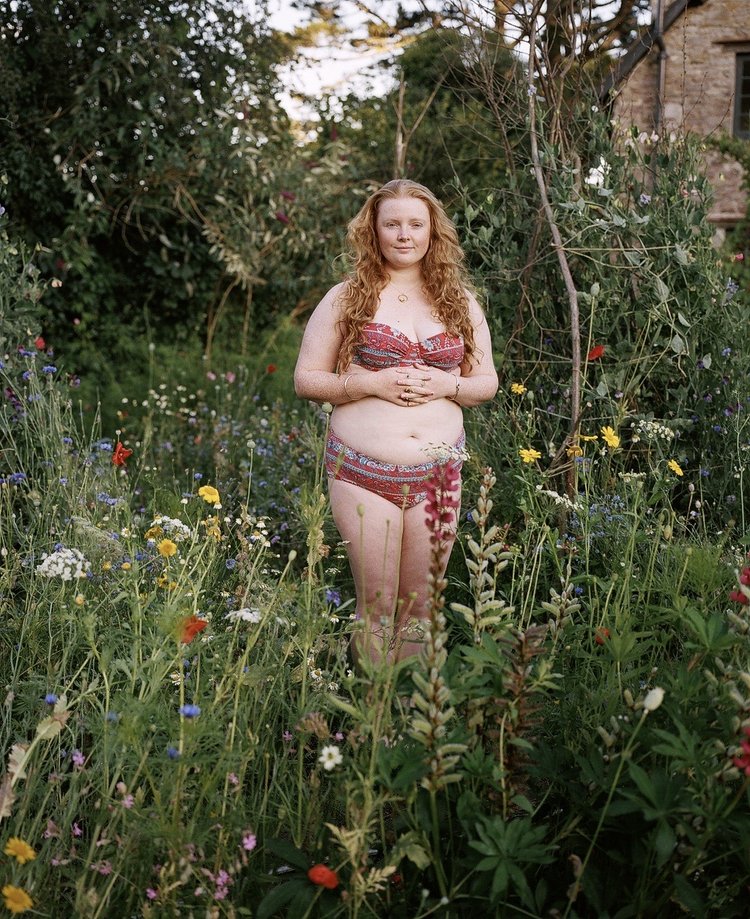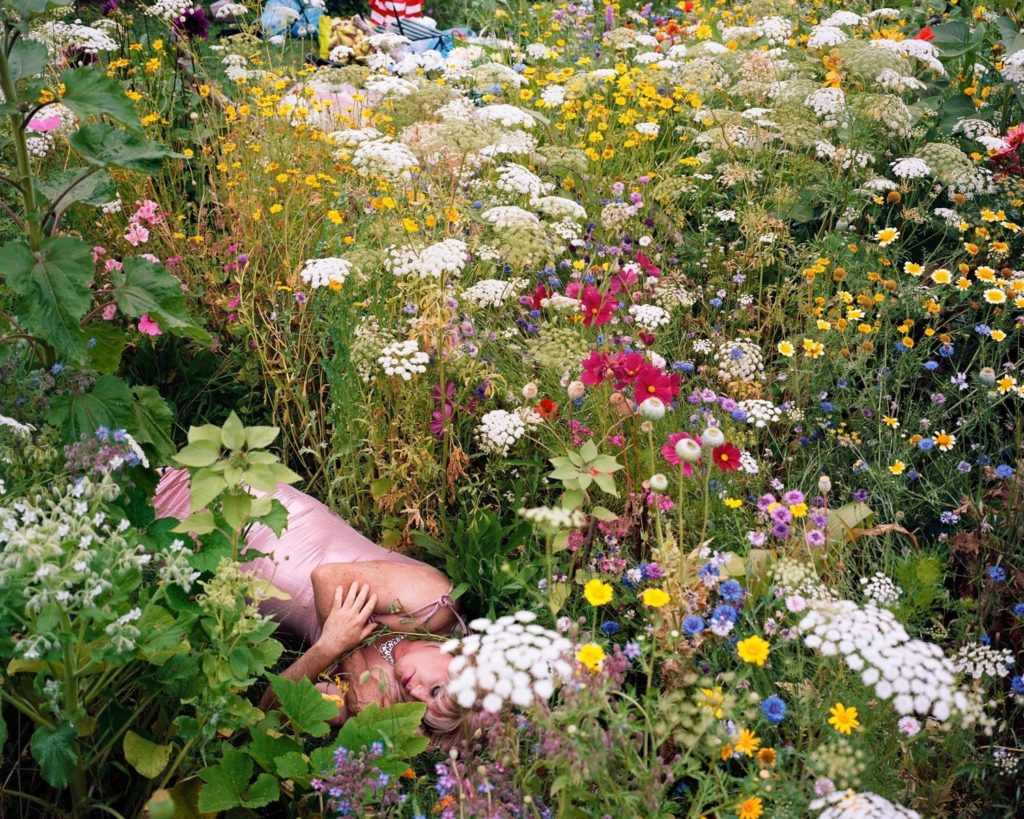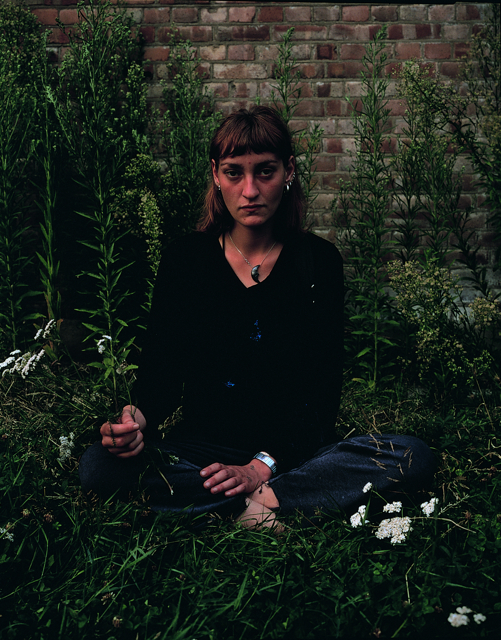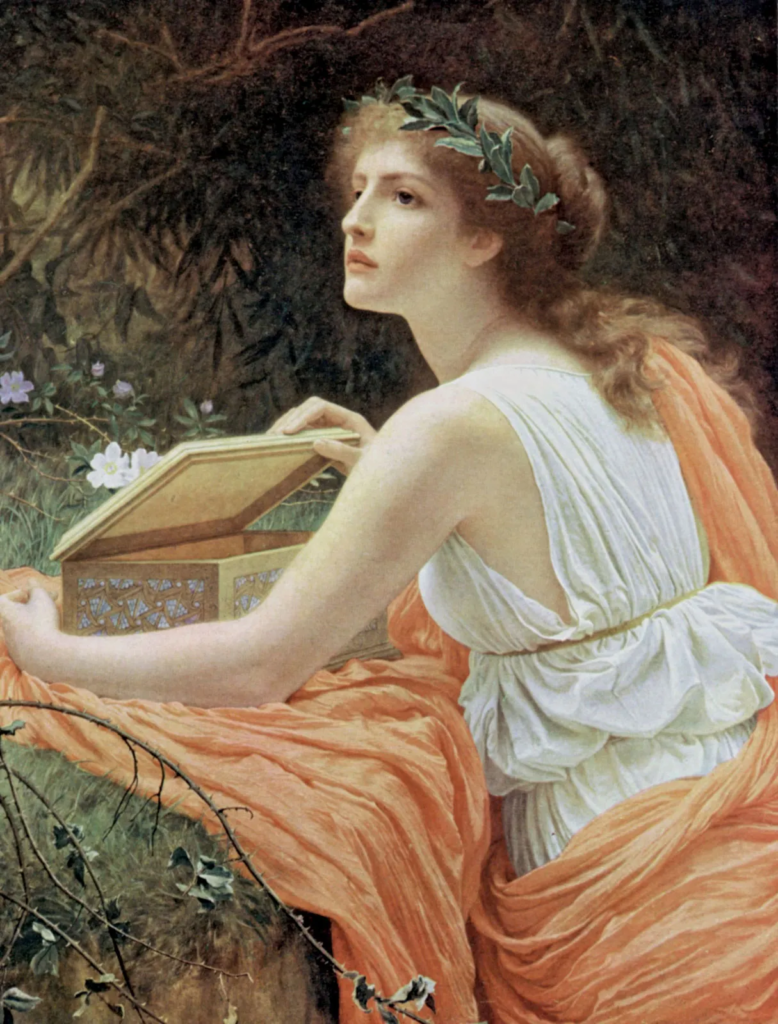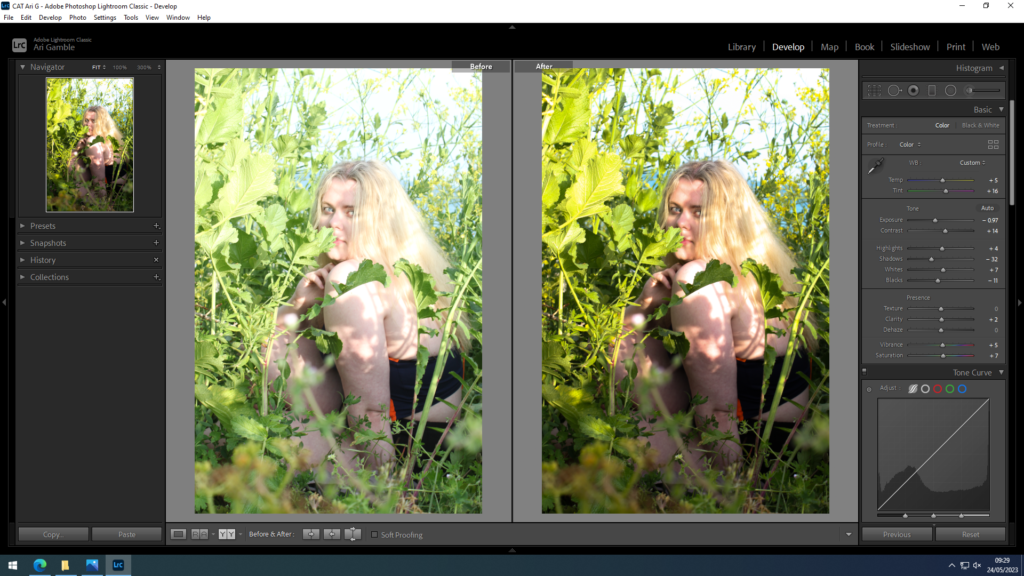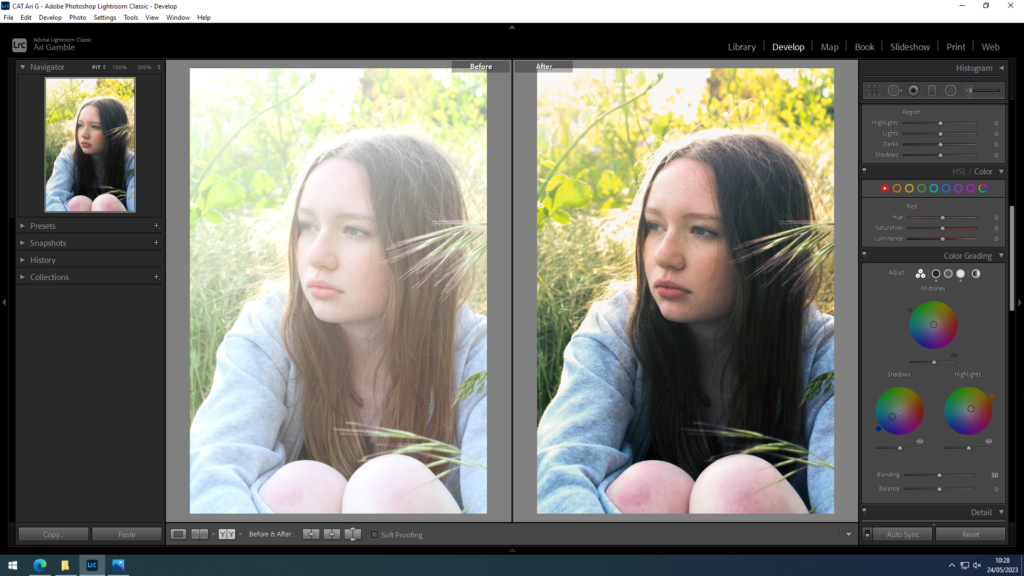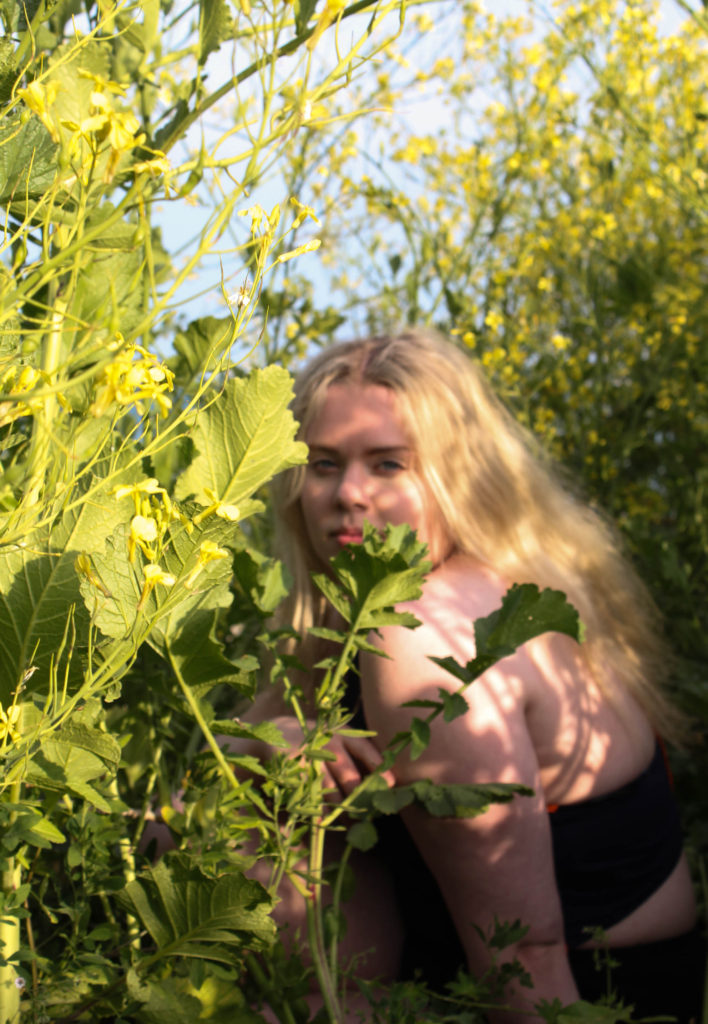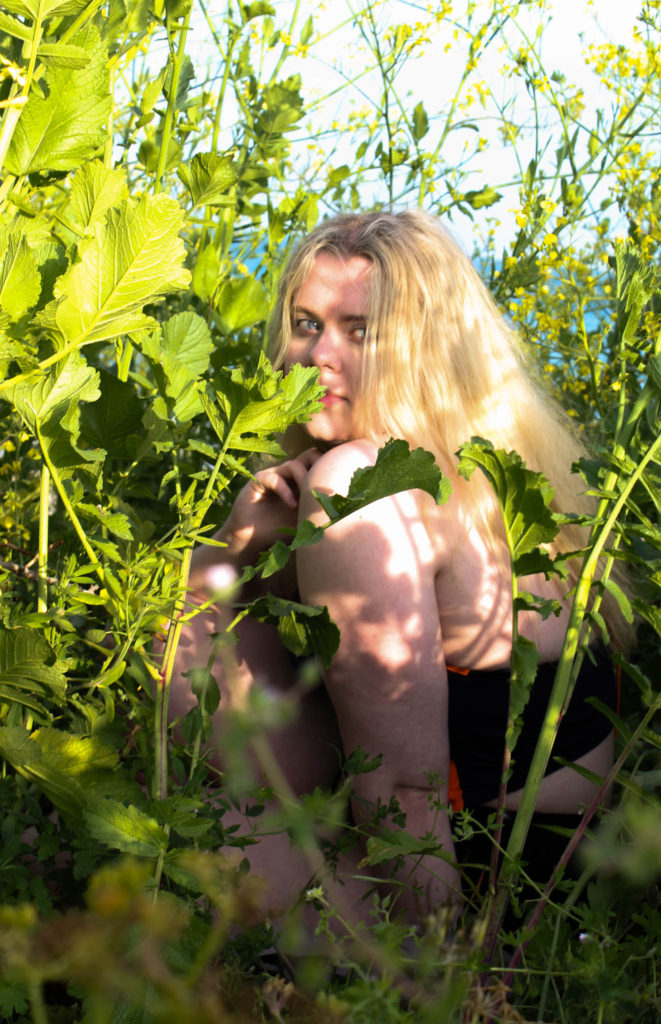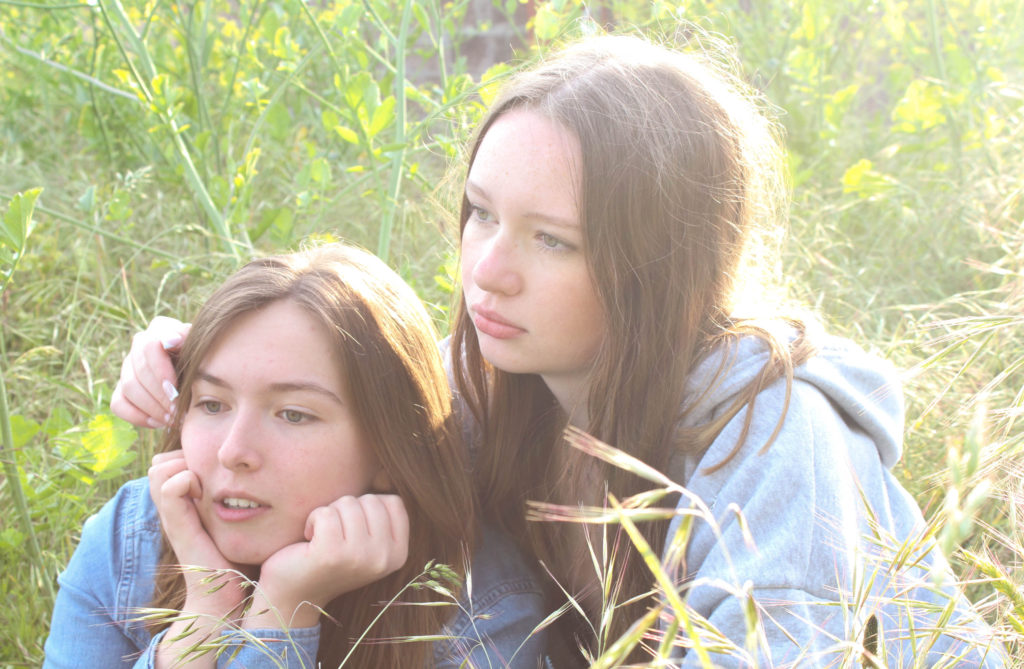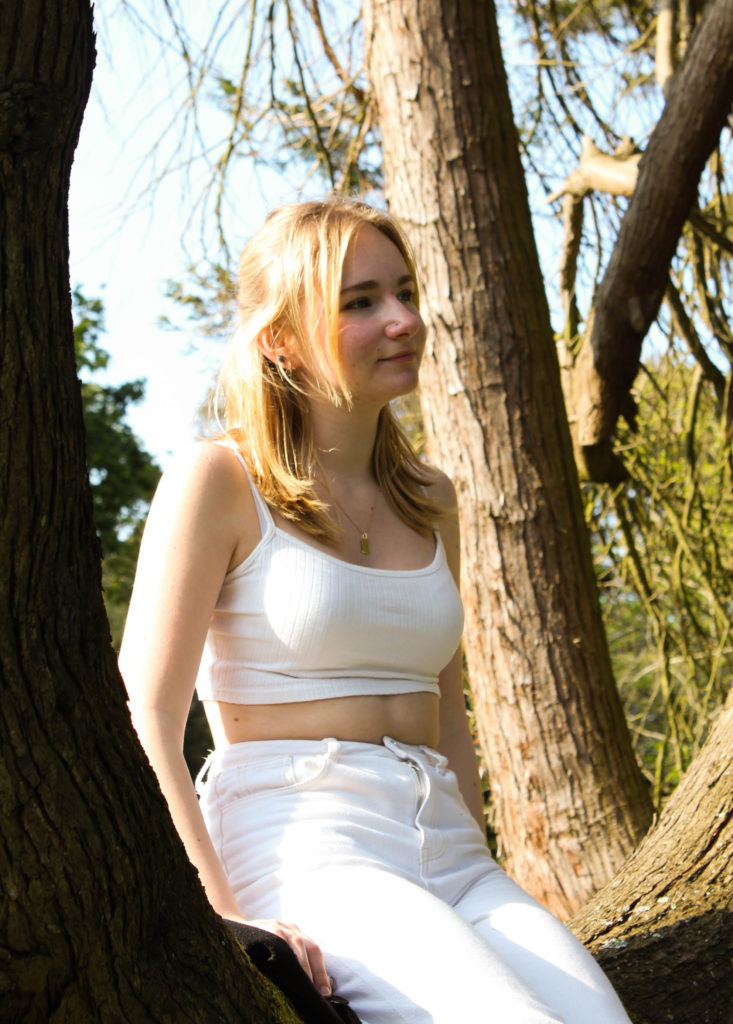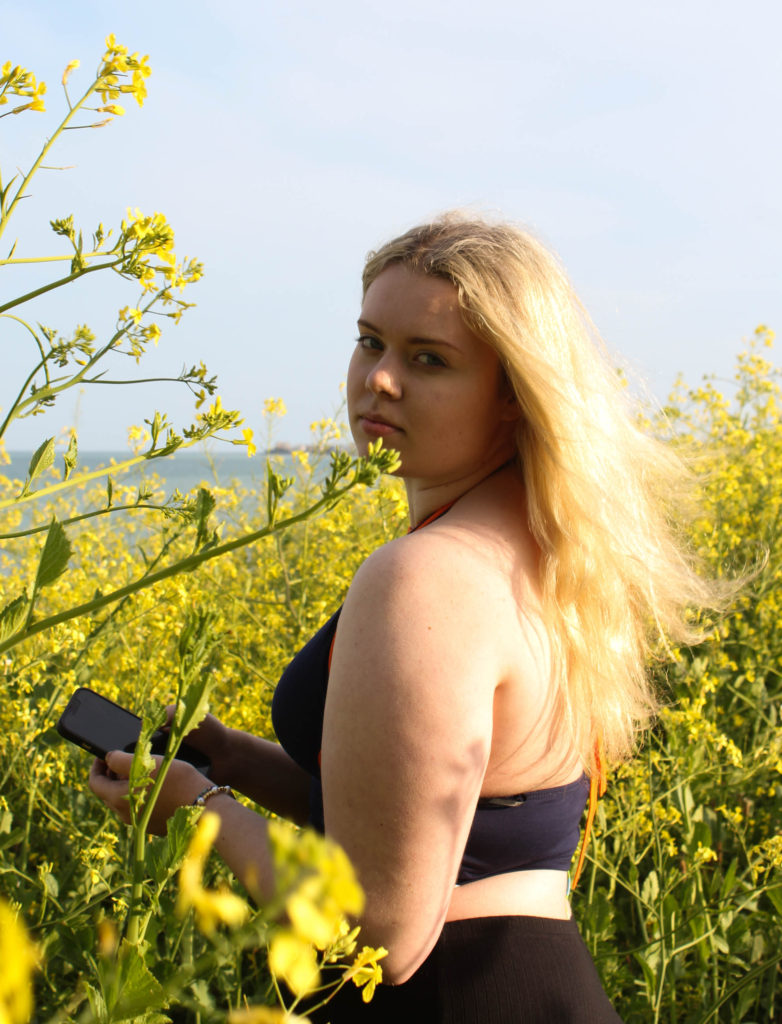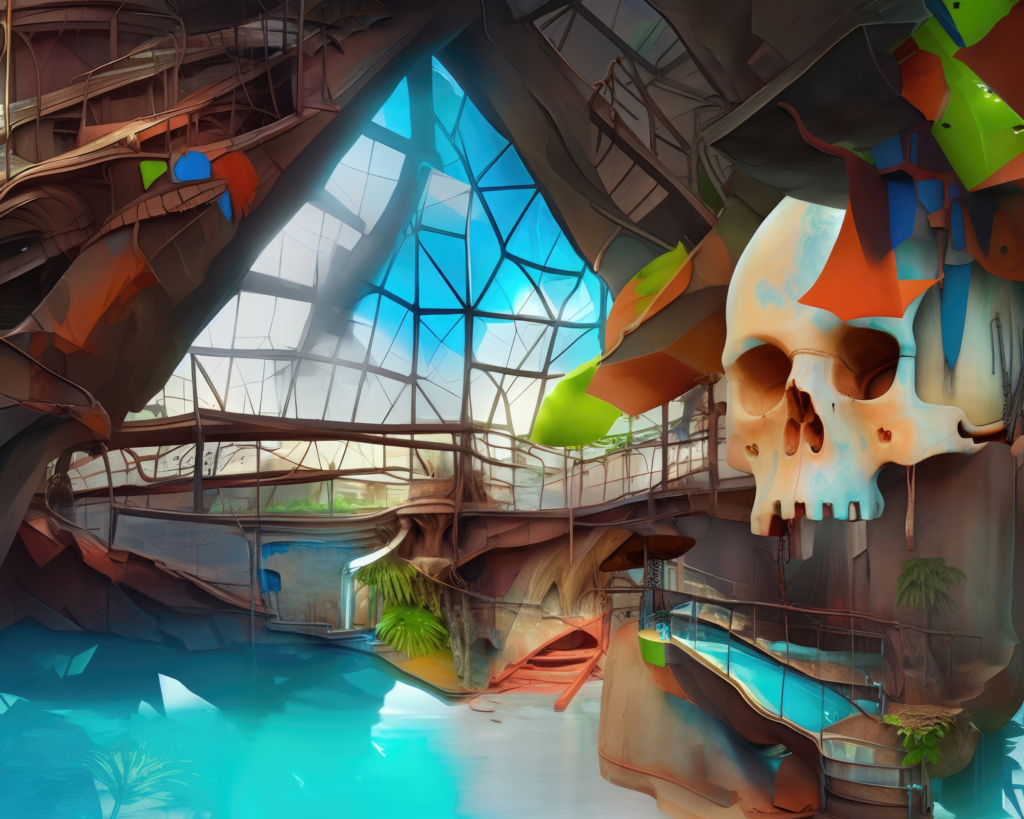
‘Playtime’ by Will Lakeman explores the nostalgia of childhood spaces and the strange memories the adult brain retains of them. Focusing specifically on Fort Regent and his childhood visits to the leisure centre. He uses AI software to manipulate images creating odd perspectives and bright colours to mirror the way his memories are old and not always truthful. The images feel sensory with shapes and colours whilst the exhibition uses sound and light as well as not only flat images including a life guards chair and old signs as a physical way of immersing you further into his memory . Some of his other photos are displayed in light boxes him explaining that printing them lessens their look and looses their bright qualities.
“Through my work I try and communicate something of the weird, vivid sensations of my dreams and nightmares. I dream inside a world of intense colour and strange symbolism, but I also daydream in my waking hours as I drift around the place. I also experience synaesthetic hallucinations where my sensed become confused.” – Will Lakeman
To me Lakeman’s work does a very good job of capturing the way memories are warped and the childlike perception of spaces. I like the dream like quality of the images, some images feel as if they were rooted in an idolization of the fort whilst others have a more disturbing tone to them with the ways the Ai bends and merges things, effectively displaying how not all memories are good.
Having not lived on jersey until recently I have no experiences in fort Regent but I still found myself able to relate and experience the nostalgia just with my own memory, Lakeman creates images around experiences with places and imagination most children have had so its easy to remember your own experience.

Lakeman explains that finding photos of fort regent as it was was a difficult task many he has taken from archives or other people have submitted. Others he has taken himself straight to the point photos which he then runs through an ai generator to achieve his ‘memory’.


Use of AI
I don’t think I can review this expedition avoiding the topic of Ai generation and art. Coming from the standpoint of an artist I find AI particularly frustrating and almost scary I don’t think human art and creativity is something that should or can be automated. I think AI spits out watered down and jumbled renditions of artists work usually without credit, compensation or permission claiming it as ‘new work’ devaluing years artists have put into there craft. Inevitably AI will be used instead of hiring illustrators and designers. There is masses of ethical issues with how AI takes work and even how it depicts certain things and I think it is concerning to hand the responsibility for creation of art and what is put into the world over to a machine who can only learn from our history so far and not create new things or take steps forward.
“The move towards white features and sexualised females aren’t the only biases present in AI art generators. In the case of DALL-E, the training data has been filtered to reduce violent or sexual imagery which inadvertently resulted in fewer women being created, something telling of the portrayal of women through history.“
I think the most beautiful thing about art is how it has always been used as a course for change throughout history expressing current issues and documenting the past whilst still moving forward. I think AI is stuck in time.
AI Art & the Ethical Concerns of Artists (beautifulbizarre.net)
However I think Lakeman uses AI in an interesting way of aiding his photography and as a means of enhancing his own creative work I think the AI perfectly depicts the ways memories are warped and strange whilst also showing that perhaps AI and art can be used hand in hand.
“Sometimes it’s really frustrating, you just do it over and over again and it looks nothing like you hoped it would, and then suddenly it looks exactly like it did in your dream.”

Analysis

I think this image is effective in achieving the aesthetic and fever dream look Lakeman aims for in his work. The yellow and blue create a nice contrast with little other colours showing how memories often only have very specific thing such as colour and little detail. The image shows a swimming pool being dead centre and stretching across the entire image with nothing else allowing the viewer to focus more on how the Ai warps the perspective and shapes of the image whilst still keeping decisive lines leading your eye around the image and still allowing you to discern what you are looking at. The edges are not sharp and instead blurry creating less structure and more of a feeling tying in with how Lakeman wishes to capture ‘sensations’. I would 100% recommend this exhibition the anyone with the way it captures nostalgia along with the use of Ai which is not much seen in exhibition and raises a lot of questions.













